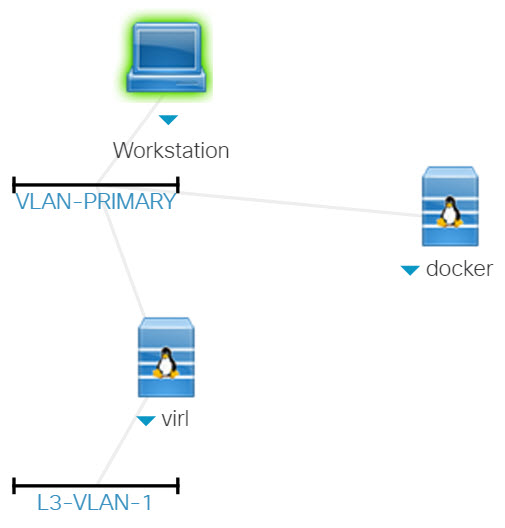Overview
This lab demonstrates how to use Segment Routing (SR) in a VPNv4/VPNv6 over IPv4/MPLS network. The VPN prefixes automatically leverage the SR information of their BGP next hop. SR applied to the MPLS data plane enables the ability to tunnel services, such as VPN, VPLS, and VPWS, from an ingress Provider Edge (PE) to an egress PE, without any protocol other than ISIS or OSPF. LDP and RSVP-TE signaling protocols are not required. By allocating one prefix segment per PE, the SR IGP control plane automatically builds the required MPLS forwarding constructs from any PE to any PE.
This lab requires familiarity with the Cisco® networking architecture and routing fundamentals.
Check it out here: https://dcloud-cms.cisco.com/demo/segment-routing-ipv4-mpls-lab-v1
Scenarios
- Scenario 1: Verify ISIS VPNv4/VPNv6 Topology
- Scenario 2: Configure TI-LFA Fast Reroute
- Scenario 3: Reconfigure a PE into an LDP-Only Device
- Scenario 4: Configure a Multi-Level ISIS Network
Requirements
Components
- Cisco IOS XRv 6.2.1
- Cisco VIRL
Features
| VIRL | - Virtual environment for building network topologies
- Simulation of networking components
- Capable of running a range of virtual machines (VMs) running Cisco operating systems (IOS-XE, IOS Classic, IOS-XR, and NX-OS)
- Support for third-party VMs
- Capture and analyze network traffic at any node
- Validate configurations prior to physical deployment
|
|---|
| Segment Routing | - Segment Routing (SR) enables a unified, end-to-end, policy-aware network architecture from servers in the data center, through the WAN, and up to the aggregation.
- SR is designed for SDN because it seeks the proper balance between distributed intelligence, centralized optimization, and application-based policy creation.
- Other benefits of SR are related to operational simplicity, better scale (the SR policy is in the packet), and better utilization of the installed infrastructure (lower capex).
|
|---|
Topology
